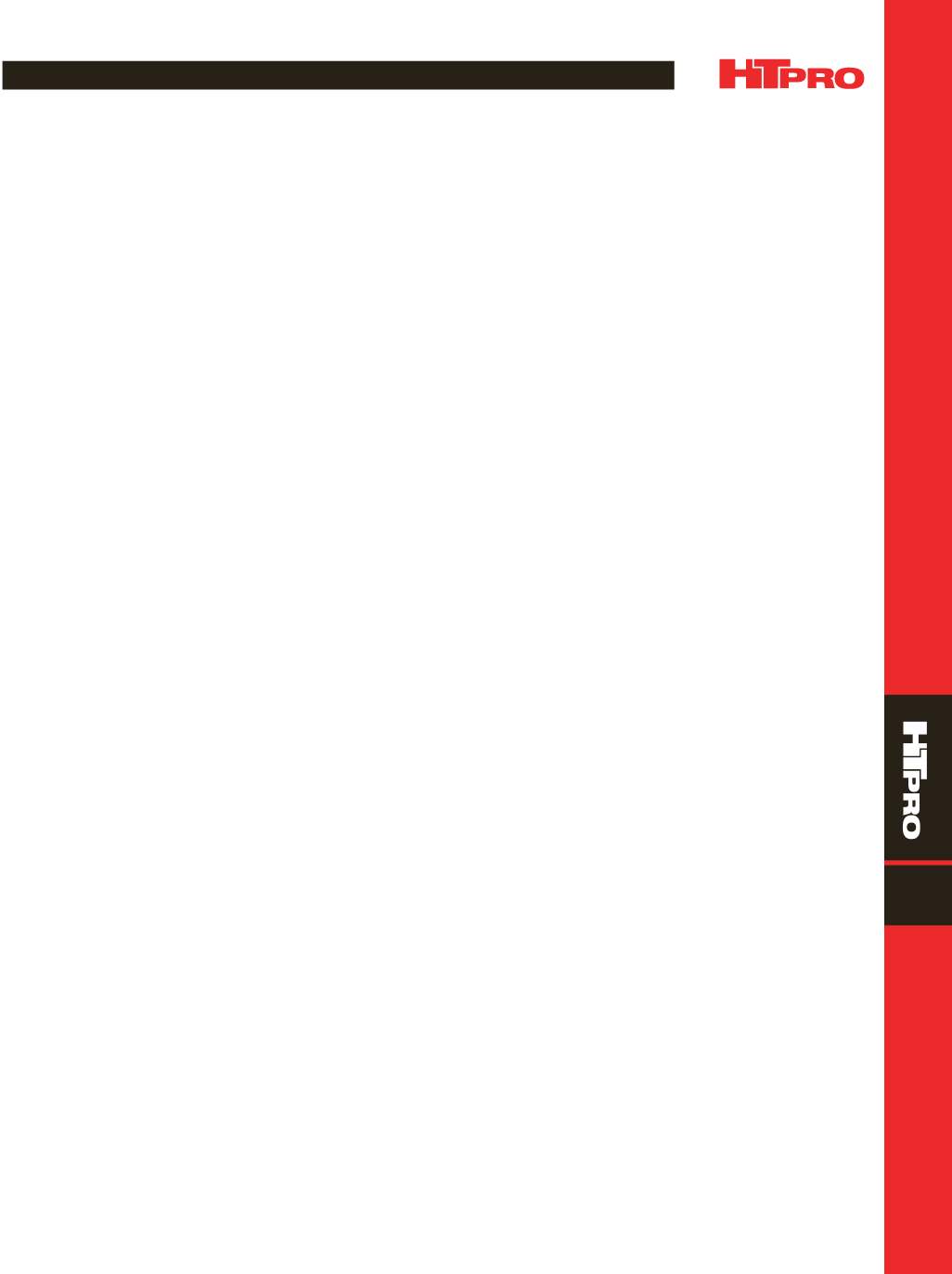

FEATURE
A D V A N C E D
M A T E R I A L S
&
P R O C E S S E S |
S E P T E M B E R
2 0 1 6
3 9
7
requirements. It is also required that you define your instru-
mentation classes and types, work zones, etc., and have
proper documentation available. Thus, during the internal
audit, youmust review this informationwhen performing job
audits to ensure everything is in order for the official audit.
Do you know the soak time requirements?
During the
job audit, the auditor will review the heat-treat cycle data to
ensure the cycle complies with customer requirements for
the beginning and end of the soaking time. Therefore, you
must review your cycle data during the internal audit pro-
cess. Another important step is to verify your customer’s ini-
tial soak requirements prior to running a cycle and listing this
information on the process sheet in the job traveler. If there
is any uncertainty about start- and end-time requirements,
you must refer to the guaranteed soak-in table (available on
eAuditNet in Section 12.3.3 of AC7102), or to other industry
and customer specifications that provide this information.
Do you understand flowdown procedures?
It is required
that you understand how flowdown procedures work when
reviewing production cycles during job audits, whether it is
for the internal or official audit. First, youmust have all mate-
rial testing parameters listed on the PO and internal docu-
ments, such as the job traveler. In addition, ifmaterial testing
is outsourced, these specifications need to be provided to
the calibration service provider, who should document the
specifications on their test reports.
Another required aspect of flowdown procedures is
knowing the Prime and/or end user of the part. For exam-
ple, a supplier could run more than 400 production orders
in one day, but they are still required to know the Prime (i.e.,
find out if any of the components will be used for a specific
aerospace Prime and which one). This is important because,
depending on who the end user is, the requirements for the
parts could change.
However, knowing how to perform job audits cor-
rectly—from verifying instrumentation type to understand-
ing flowdown procedures—is just one aspect of performing
aninternalaudit.Itisalsorequiredthatyoureviewcommonly
experienced nonconformances as part of your internal audit
process. This assists with identifying nonconformances that
will require root-cause analysis and corrective actions before
the scheduled official Nadcap audit.
REVIEWING NONCONFORMANCES
Reviewing PRI’s list of common nonconformances is a
valuable step prior to starting your internal audit, as well as
for confirming you are in compliancewhile going through the
internal audit process. PRI creates this list every year, which
highlights themost common nonconformance reports (NCR)
written during the previous year. The list, as well as other
NCR-related materials (e.g., ineffective NCR responses), are
available on eAuditNet. Reviewing these lists before starting
your internal audit makes it easier to determine the extent
to which you might need to make adjustments, implement
additional training, etc., before the official audit occurs.
Two common nonconformances that frequently occur
from year to year are:
1. Not having a documented procedure in place, or not
correctly following documented procedures
2. Not providing intervals for retraining and evaluations
Being familiar with common nonconformances helps
you to avoid them during the accreditation process, and
helps to refine and improve other aspects of your heat treat-
ment processes. We will discuss some best practices for
avoiding nonconformances, including knowing which spec-
ifications to take note of and understanding why you are
required to define retraining intervals.
Incorporating documented procedures.
Reviewing audit
checklists during the internal audit is another required step.
For example, it allows you to know how to correctly docu-
ment procedures and know exactly what needs to be done.
One of the questions on the audit checklists touches on this,
asking, “Does the supplier have an internal procedure or
procedures for pyrometry addressing all the aspects of AMS
2750E and other customer specifications applicable to their
operations?”
[1]
. The question essentially asks whether you
have procedures in place that (1) state what you do to fully
comply with AMS 2750E and (2) incorporate any additional
Prime specifications to which you are required to adhere.
Occasionally, this requirement leads to a nonconfor-
mance as some suppliers might forget to note any addi-
tional applicable Prime specifications, which can be found in
AC7102/S. It is also required that you know which specifica-
tions take precedent over others (i.e., Prime or AMS 2750E) so
when it is time to conduct the official audit, you can be sure
you are adhering to the strictest applicable requirements.
Not having any documented procedures in place will result
inanonconformance. Inaddition, not documenting howSAT
or TUS are performed as part of the procedures followed to
comply with AMS 2750E will also lead to a nonconformance.
We found that some suppliers only present the auditor
with the SAT and TUS reports submitted by their calibration
service provider. However, it is required that you also include
and submit the internal procedure’s form number on the
SAT and TUS reports, as well as have the calibration service
provider’s procedures readily available. This common non-
conformance illustrates the importance of preparing for the
audit process and going through each relevant audit check-
list to make sure you fully understand and adhere to each
listed requirement.
Implementing training and retraining intervals.
Another
common nonconformance involves advancing employees’


















